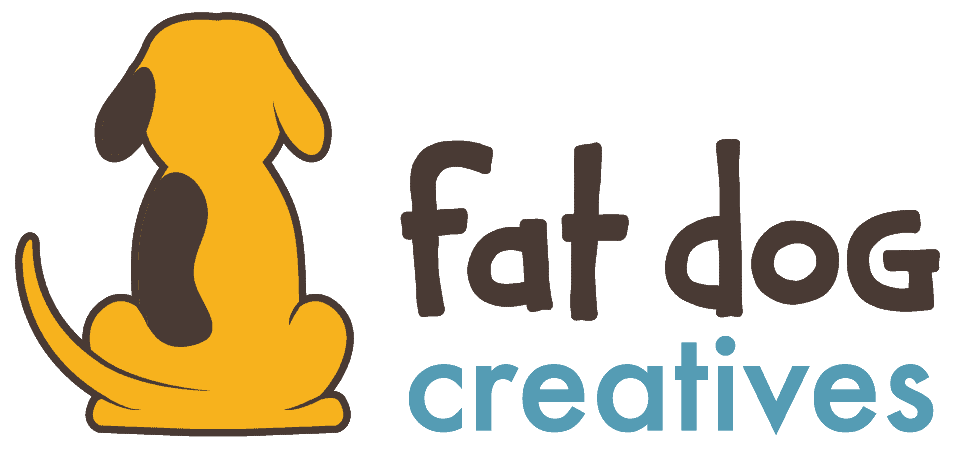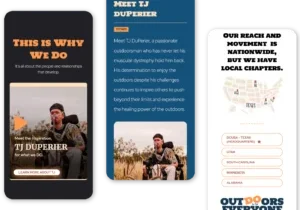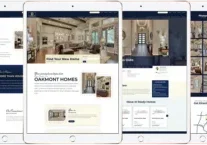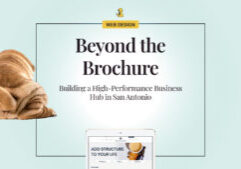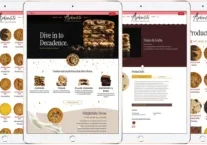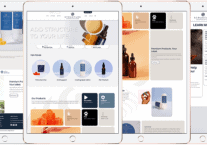Stop Being a “Branding Cattle Rancher”: Make Smarter Slides
Share this article.
Ditch watermarks—let your slides speak louder.
You’re on stage because the audience trusts you to deliver answers—not because they need a reminder that you have a logo. Let’s ditch the watermarks and let the content shine.
The Story Role: You’re the Guide, Not the Flashy Hero
In every good story the Guide helps the Hero succeed. Here, you are the guide and the audience members are the heroes. If you plaster your logo on every slide, you flip the script—you become the attention‑seeker, not the helper. Donald Miller’s StoryBrand principle reminds us that when listeners have to “work” to spot the brand, they lose interest. You’ve already earned their focus; there’s no need to beg for it again on each page.
Design Strategy: Signal vs. Noise
From a design‑strategy lens a logo repeated on every slide turns a signal into noise. The signal—your brand identity—belongs on the title slide. Anything beyond that steals pixels from the message and raises cognitive load. When the visual field is cluttered, the brain spends extra effort filtering out the unnecessary branding, which dilutes clarity and reduces retention. In short: more noise = fewer wins.
Brand Guidelines: Toolbox, Not a Hammer
Brand standards are a toolbox, not a hammer you swing at every slide.
| Toolbox Element | What It Does |
|---|---|
| Typography (Voice) | Consistent fonts convey tone without shouting your name. |
| Color Palette (Mood) | Repeating brand colors creates subconscious recognition. |
| Design Patterns | Reused image styles, textures, or graphic motifs reinforce identity through context. |
Use these elements to whisper your brand instead of yelling it.
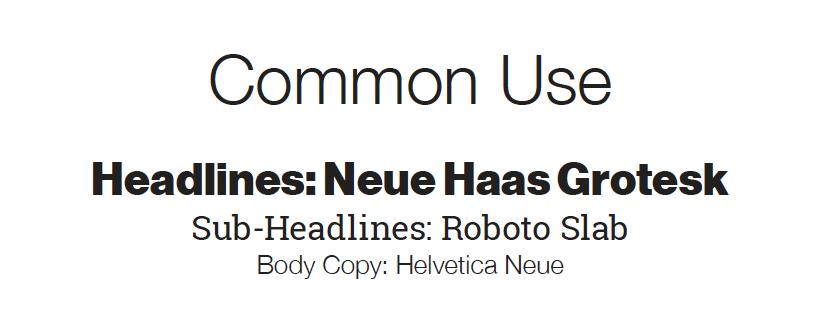

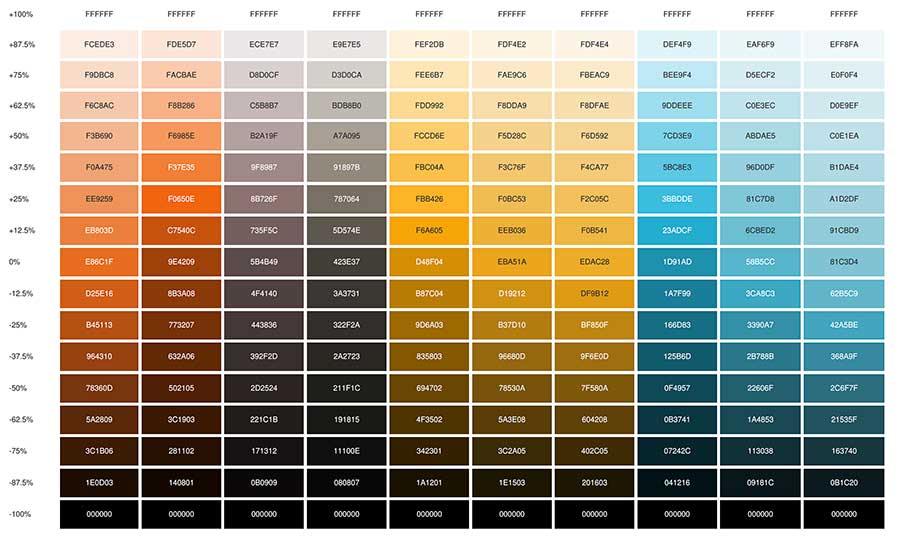
Reality Check
Let’s be honest: a 200‑pixel logo in the corner isn’t going to stop a thief. They’ll crop it, screenshot it, or—if they’re really daring—just take a photo with their phone. Meanwhile, the 99% of attendees who actually want to learn get distracted by that little watermark. Keep the logo on the opening and closing slides, then give the rest of the deck a breather.
The Strategic Fix: Streamlined Presentation
| Common Mistake | Strategic Fix |
|---|---|
| Logo on every slide | Use brand colors & fonts for vibe; keep logo to title & outro. |
| Watermarking content | Trust strong content to be memorable; no need for constant reminders. |
| Visual overload | Add clear space around points; let ideas breathe for better digestion. |
Mini Case Study: Bridget Willard’s “Backward Compatibility” Deck
Bridget’s 2020 talks featured her signature color scheme, bold typography, and subtle brush‑stroke graphics—all aligned with her website’s look. Her logo appeared only on the final slide, directing viewers where to go next. The result? A cohesive visual experience that felt unmistakably hers without the clutter.
Your Next Action
Open your latest slide deck, go to Slide Master, and remove the logo from every slide except the first and last. Let your message own the stage; the brand can sit politely in the wings.
